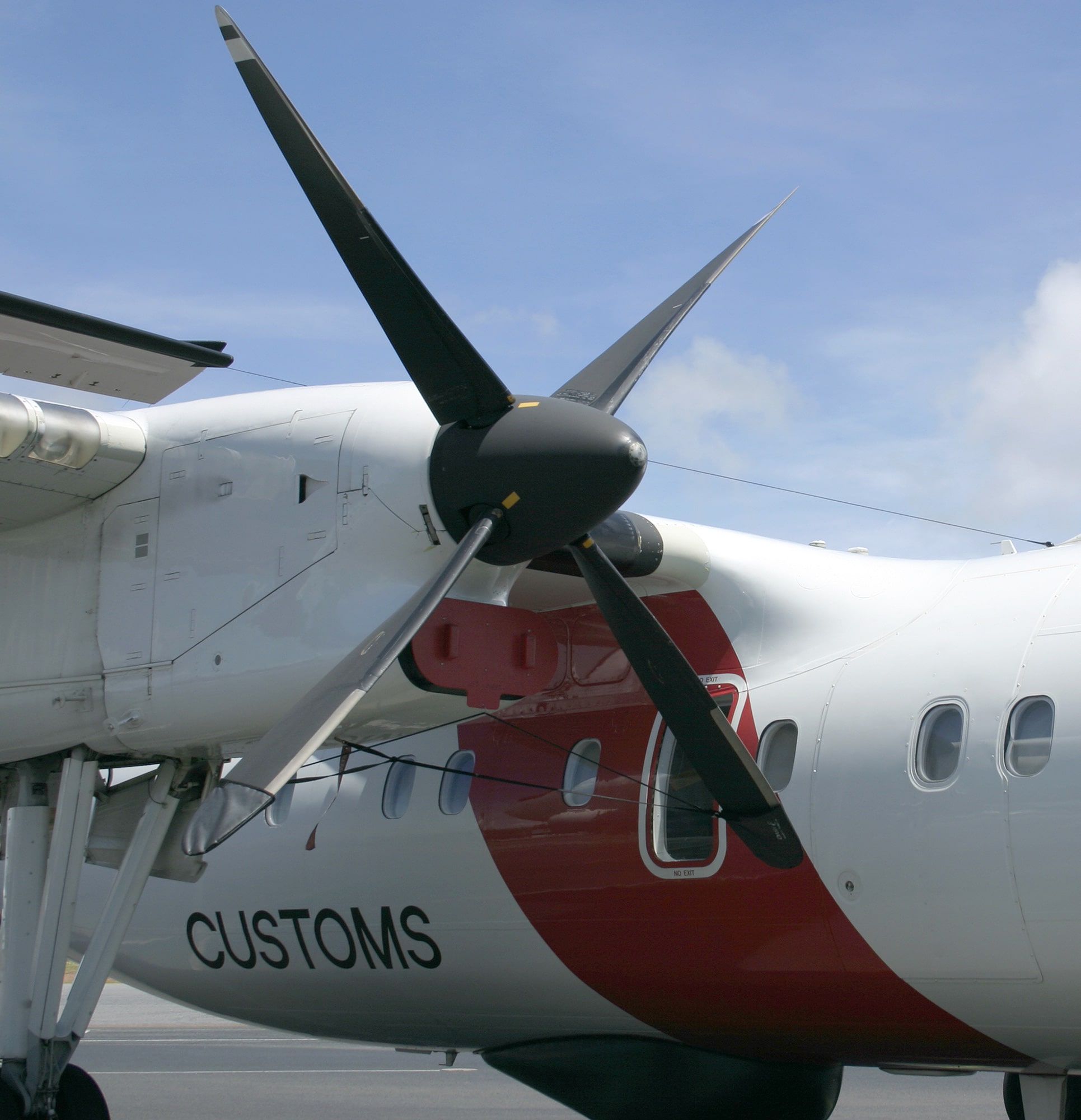Special Mission Operators
Hydrogen-electric propulsion enables agencies to decarbonize essential operations, reduce fuel dependency, and operate more quietly and efficiently, whether patrolling coastlines, monitoring emissions, or conducting daily liaison flights.
Benefits for Operators
Operational reliability
Electric propulsion reduces mechanical complexity, improving dispatch reliability and minimizing maintenance downtime.
Lower lifecycle costs
Hydrogen-electric systems lower fuel and maintenance costs while extending airframe life and reducing total cost of ownership.
Stealth and low acoustic footprint
Significantly quieter operations enable more effective patrol, training, and monitoring missions, especially in urban, maritime, or environmentally sensitive areas.
Sustainability and policy alignment
Supports national and international goals for sustainable aviation, defense decarbonization, and green government procurement.
Integrity in environmental operations
When missions are designed to track or reduce emissions, such as maritime or atmospheric monitoring, operating without generating emissions ensures full mission integrity.
Infrastructure and ecosystem support
Conscious Aerospace works with airports, energy providers, and governmental stakeholders to establish a hydrogen-ready ecosystem, ensuring seamless adoption across mission profiles.
Real missions require real solutions.
Upwards of 96% of Air New Zealand’s existing Dash 8-300 routes are possible with the CA2100 powertrain. Only 5 hydrogen refuelling hubs are needed to accommodate over 70% of routes.
Selecting a usuable range of 750km covers almost all routes flown by existing Dash 8-300 fleets.
Typical Mission Profiles
The CA2100 is ideally suited for high-utilization, multi-role missions that depend on predictable reliability, minimal downtime, and long operating life.
Typical applications include:
- Coast guard and border patrols – long endurance, frequent take-offs, and loiter capability with reduced acoustic signature.
- Environmental and maritime surveillance – quiet, emission-free operations ideal for sensitive ecosystems.
- Emissions monitoring and enforcement – tracking ship emissions or pollution levels over coastal waters, where it makes sense to perform the mission without producing emissions.
- Military liaison and training flights – reliable, cost-efficient propulsion for routine or support operations.
- Humanitarian and disaster response missions – clean and flexible deployment even in remote or low-infrastructure regions.
These operations, often publicly funded or internationally coordinated, represent an early and logical use case for hydrogen propulsion, combining policy-driven sustainability goals with practical operational benefits.

Want to know more?
Reach out to our team
